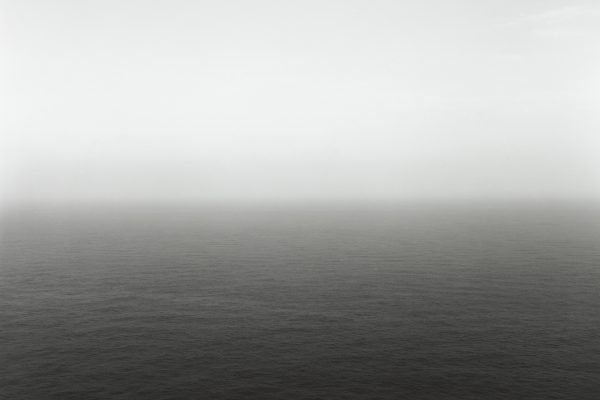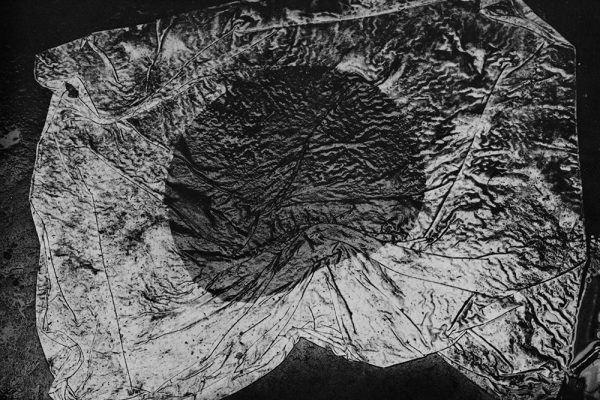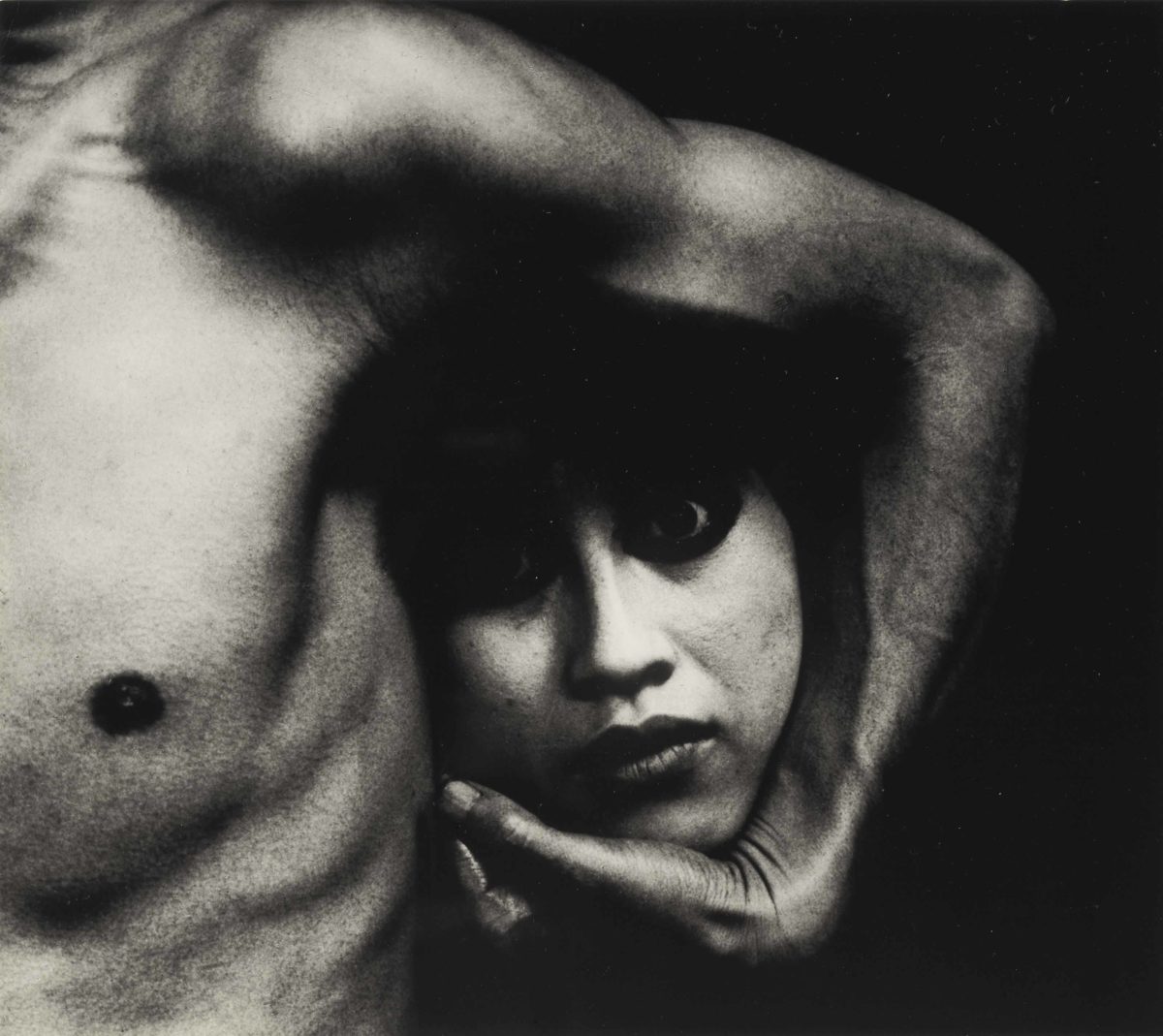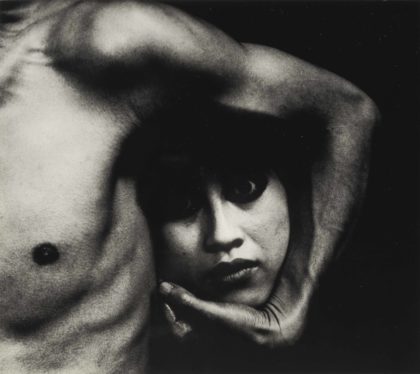TOKYO PHOTO 2009
It’s a little bit late, but for Tokyoites and current visitors to Tokyo not too late: This weekend the first photography art fair is held in Japan: TOKYO PHOTO 2009. The fair is not that big – not to say quite small with 18 galleries participating, including four galleries from the USA. But some of the leading Japanese galleries have a booth like Tomio Koyama Gallery, Zeit-Photo Salon, MEM or Taro Nasu.
TOKYO PHOTO 2009 endeavors to be the foremost art fair of photography in Japan. The venue is located in the heart of international business and culture in Tokyo. To be held from September 4 to 6, Tokyo Photo 2009 will provide visitors with a unique opportunity to see and buy a wide range of photographic works from vintage prints to cutting-edge digitally enhanced images.
It would be great if this first photography fair would be successful and would be repeated in the upcoming years. Until now we have two major photography fairs, Paris Photo in Europe and the AIPAD Photography Show New York in the USA. I think a successful third fair in Asia would be an important tool to promote photography in Japan and nearby countries like China or Korea whose photography scenes are growing, but in which the market for photography still needs development. But of course, for these galleries from other Asian countries need to be included in future photography fairs…
THE PROVOKE ERA – Postwar Japanese Photography
I would love to see this show which opens on September 12 at the San Francisco Museum of Modern Art. The show is curated by Sandra S. Phillips, senior curator of photography at the SFMOMA. Sandra did already the two fabulous travelling exhibitions which introduced leading Japanese photographers to the West: Daido Moriyama in 1999 and Shomei Tomatsu in 2006.
The tumultuous period following defeat in World War II proved fertile ground for a generation of Japanese photographers who responded to societal upheaval by creating a new visual language dubbed “Are, Bure, Boke” — rough, blurred, and out of focus. After the war, Japan experienced a complete overhaul of its national identity, catapulting itself from empire to democracy. Named for the magazine Provoke, which sought to break the rules of traditional photography, this exhibition traces how Japanese photographers responded to their country’s shifting social and political atmosphere. Though American audiences may be less familiar with photographers like Masahisa Fukase, Eikoh Hosoe, Daido Moriyama, and Shomei Tomatsu, SFMOMA has been actively acquiring the work of these internationally recognized artists since the 1970s. The photographs, magazines, and artist books in the show all come from the SFMOMA collection, considered one of the preeminent holdings of Japanese photography in the United States.
[Quote: SFMOMA]
PHOTOGRAPHY NOW – China, Japan, Korea
A second exhibition at the SFMOMA which will be worth a visit (also Sept. 12 – Dec. 20, 2009)
Drawn entirely from SFMOMA’s collection, Photography Now showcases pictures by 30 contemporary artists working in China, Japan, and Korea. Documentary work from China depicts a shifting culture, in particular rapid urbanization and the effects of industrialization on the countryside. Inspired by the work of Robert Frank, Luo Dan journeyed from Shanghai to Tibet, making pictures that explore how dramatic economic changes are affecting people throughout China. In Japan, Rinko Kawauchi makes lyrical pictures that focus on the poetic details of daily life, and Yasumasa Morimura examines the nature of cultural identity through appropriation. Bohnchang Koo’s minimal photographs of ordinary architectural elements recall traditional Korean landscape paintings and reflect an emerging Korean identity that references that country’s complicated history.
[Quote: SFMOMA]






Good-morning. It is my first time here and I am really glad a friend told me about your blog : it is always a joy to find people with a common interest and passion ! I’ll come back. Good-day to you,
Nick
Hi Nick,
thanks for the comment. You Japanese book store looks interesting. A very unusual mix of books and have added it to the link list.
That’s gracious of you !
Let me add you on the store’s link list then, if you don’t mind of course.
creative photo and funny, lets generate ‘photo tag’ widget for your photo.
I would like to send you our photo magazine called “ASPHALT” which was edited by Akira Hasegawa, a well known editor here in Japan by his works with “A Journey to Nakaji” “Tohno Story”by Daido Moriyama, “Heisei Gannen” by Nobuyoshi Araki and “Yoko” “Solitude of ravens” by Masahisa Fukase, etc.
Please inform us the address we can send ASPHALT.
Thank you.